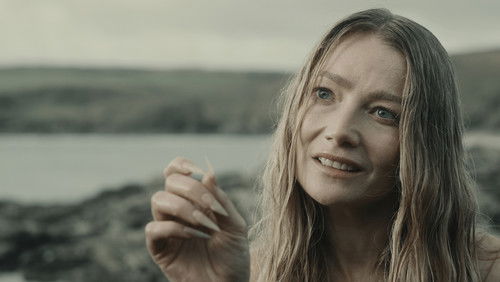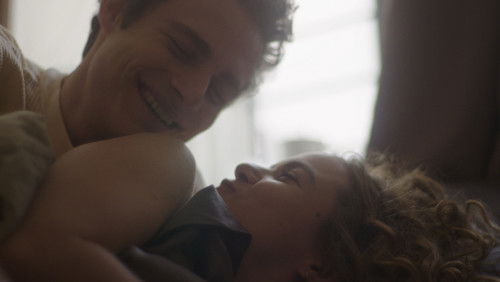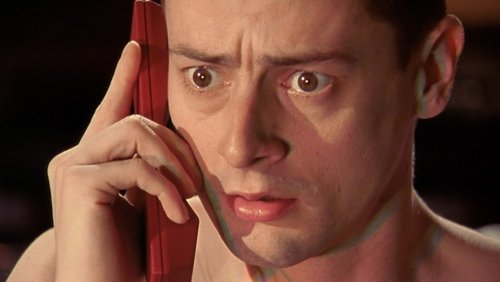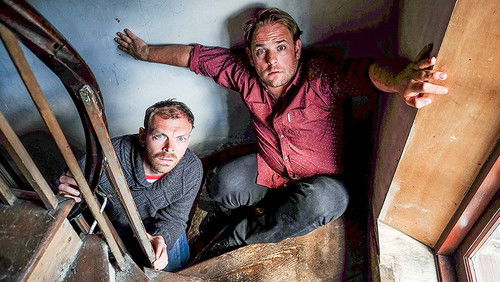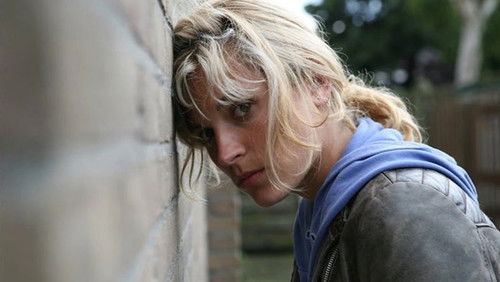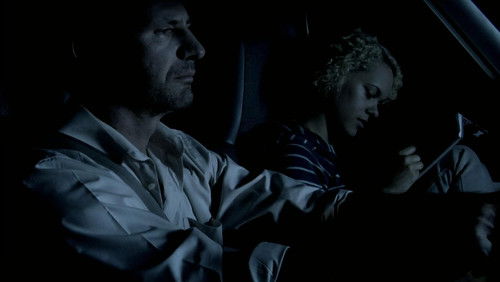Bis zum bitteren Ende (1981)
65KBis zum bitteren Ende: Directed by Ivan Passer. With Jeff Bridges, John Heard, Lisa Eichhorn, Ann Dusenberry. Richard spots a man dumping a body, and decides to expose the man he thinks is the culprit with his friend Alex Cutter.
“A Walt Disney Commercial Cartoon.u003cbr/u003eu003cbr/u003eParading in front of Ottawau0026#39;s Parliament Building, a collection of Disney characters show they are ALL TOGETHER for buying War Savings Certificates to help win the war against the Axis.u003cbr/u003eu003cbr/u003eCommissioned by The National Film Board of Canada, this very short little film pulled no punches in its direct message to viewers to support their countryu0026#39;s war effort by putting their finances into the fight. For the record, in the parade by order of appearance are: Pinocchio, Geppetto, Figaro, Donald Duck, Huey, Dewey, Louie u0026amp; Pluto. On a vehicle rides Mickey Mouse, conducting his BAND CONCERT (1935) buddies – including Clarabelle Cow, Horace Horsecollar u0026amp; Goofy – in Bagleyu0026#39;s National Emblem March. Bringing up the rear are the Seven Dwarves: Doc, Grumpy, Happy, Sleepy, Bashful, Sneezy u0026amp; Dopey. Of them all, only Donald speaks and his voice is provided by Clarence `Duckyu0026#39; Nash.u003cbr/u003eu003cbr/u003eWalt Disney (1901-1966) was always intrigued by drawings. As a lad in Marceline, Missouri, he sketched farm animals on scraps of paper; later, as an ambulance driver in France during the First World War, he drew figures on the sides of his vehicle. Back in Kansas City, along with artist Ub Iwerks, Walt developed a primitive animation studio that provided animated commercials and tiny cartoons for the local movie theaters. Always the innovator, his ALICE IN CARTOONLAND series broke ground in placing a live figure in a cartoon universe. Business reversals sent Disney u0026amp; Iwerks to Hollywood in 1923, where Waltu0026#39;s older brother Roy became his lifelong business manager u0026amp; counselor. When a mildly successful series with Oswald The Lucky Rabbit was snatched away by the distributor, the character of Mickey Mouse sprung into Waltu0026#39;s imagination, ensuring Disneyu0026#39;s immortality. The happy arrival of sound technology made Mickeyu0026#39;s screen debut, STEAMBOAT WILLIE (1928), a tremendous audience success with its use of synchronized music. The SILLY SYMPHONIES soon appeared, and Waltu0026#39;s growing crew of marvelously talented animators were quickly conquering new territory with full color, illusions of depth and radical advancements in personality development, an arena in which Waltu0026#39;s genius was unbeatable. Mickeyu0026#39;s feisty, naughty behavior had captured millions of fans, but he was soon to be joined by other animated companions: temperamental Donald Duck, intellectually-challenged Goofy and energetic Pluto. All this was in preparation for Waltu0026#39;s grandest dream – feature length animated films. Against a blizzard of doomsayers, Walt persevered and over the next decades delighted children of all ages with the adventures of Snow White, Pinocchio, Dumbo, Bambi u0026amp; Peter Pan. Walt never forgot that his fortunes were all started by a mouse, or that simplicity of message and lots of hard work will always pay off.”

